In the rapidly advancing automotive industry, modern automakers have recognized the immense potential of electric vehicles (EVs) as a test bed to showcase their latest technological breakthroughs.
This growing demand for EVs has led to an increased focus on developing cutting-edge features and advancements.
In the past, fancy features were only found in expensive concept cars and top-of-the-line electric vehicles (EVs). But now, these cool technologies are becoming available in more affordable EVs too. However, some of these amazing advancements may go unnoticed by regular EV drivers because they are either new or not easily visible.
There’s a fascinating feature that takes EVs to the next level: bidirectional or two-way charging. It goes beyond the typical charging process and allows EVs to do more than just get charged.
Tesla bidirectional charging is one such tech that has made quite a stir but is again not so popular. This cutting-edge technology enables electric vehicles to not only consume energy from the grid but also serve as a power source during times of need, acting as a backup power supply during outages or contributing to the stability of the electrical grid.
How does this remarkable tech work? In this article, we unravel the mysteries of Tesla’s bidirectional charging and explore the transformative potential it holds for the future of electric vehicles and energy systems.
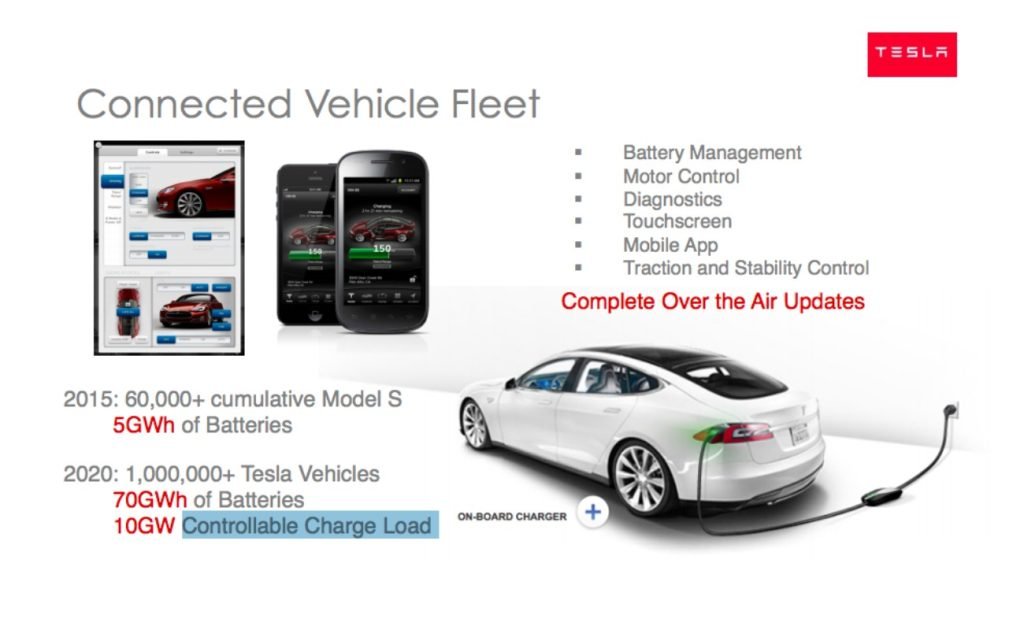
Table of Contents
What Is Tesla Bidirectional Charging Technology?
Bidirectional charging refers to the ability of a car to not only receive power to charge its battery but also to send power back to external devices, homes, or the electrical grid. This feature is classified into different categories known as vehicle-to-load (V2L), vehicle-to-home (V2H), and vehicle-to-grid (V2G). In some cases, all these categories are grouped under the term vehicle-to-everything (V2X).
In the past, Tesla and other car makers were not very keen on using bidirectional charging in their vehicles. So, there are only a few cars that can do it, and they sometimes have limitations. But things are changing. As people become more interested in managing energy and making the power grid more flexible, there is a growing curiosity about bidirectional charging.
This technology allows electric vehicles to do more than just charge—they can also give power back to the grid. This means EVs can become portable power sources and help make the power grid more stable. As technology and infrastructure continue to evolve, it remains to be seen how Tesla will be adopting bidirectional charging and integrating it into future Tesla electric vehicle models.
During Tesla’s Investor Day event, a presentation slide showcased a wireless charging pad positioned beneath a garage-parked Tesla Model S, hinting at a potential wireless charging solution. This approach appears to be a more elegant alternative to Tesla’s previous prototype snake charger.
Although WiTricity, a leading company in inductive EV charging, did not comment on whether the example shown with the Tesla was their technology or a licensed version, they have previously demonstrated wireless charging capabilities on a Tesla Model 3 and Ford Mustang Mach-E for demonstration purposes.
A study conducted by WiTricity, a leading company in inductive EV charging, last year among EV owners or prospective buyers within two years revealed strong support for bidirectional wireless charging, ranking it as the top premium tech feature, surpassing self-driving capability, premium audio, and park assist.
An overwhelming majority of respondents, over 75%, showed a strong interest in installing wireless charging systems in their driveways or garages. However, the high cost has been a significant barrier, as aftermarket options for Tesla vehicles often require spending several thousand dollars for a pair of charging pads and related components.
Interestingly, WiTricity is the sole provider of wireless charging technology for a factory Original Equipment Manufacturer (OEM) application outside of China. Their wireless charging technology is specifically used in the Genesis GV60, which is popular in their home market of South Korea.
As the technology is deployed at larger scales and improves in terms of materials and consolidation of parts, costs are expected to decrease significantly. According to a WiTricity executive, the price for a wireless charger in 2030 is projected to be on par with that of a traditional plug, making it more accessible to a wider range of EV owners.
How Does Bidirectional Charging Work?
Tesla’s bidirectional or two-way charging technology brings a remarkable capability to electric vehicles (EVs). Unlike traditional charging methods where an EV only receives electrical current from a power source, bidirectional charging enables the vehicle to both receive and supply electrical energy.
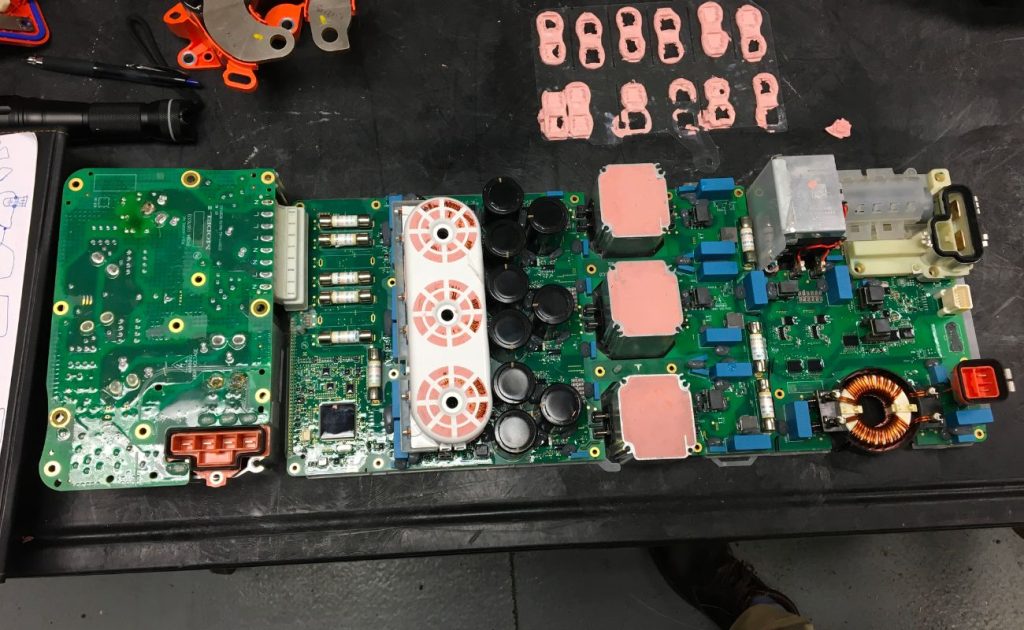
With bidirectional charging, an EV can convert the AC power from a wall plug into DC power to charge its battery, but it can also convert the stored DC energy in its battery back to AC power. This means that the EV can serve as a power source, providing electricity to power your home or other devices when needed.
This versatile functionality enhances the value and utility of an EV, allowing it to become an energy storage solution and offering flexibility in managing electrical needs beyond transportation.
The landscape of bidirectional charging capabilities in electric vehicles (EVs) varies among different manufacturers. Hyundai/Kia’s E-GMP platform cars offer V2L (vehicle-to-load) capabilities, allowing the vehicles to power external devices. Rivian also has V2L capabilities, with potential V2H (vehicle-to-home) functionality planned for the future.
Ford’s F-150 Lightning offers V2L capabilities, and with the Ford Charge Station Pro, it can potentially provide V2H capabilities as well. The Nissan Leaf stands out as the only known car with V2G (vehicle-to-grid) capability, a feature that has been built into the vehicle since 2013.
Lucid Motors too has expressed their intention to develop V2X (vehicle-to-everything) capabilities for their vehicles, while Volkswagen has plans to introduce bidirectional charging to its ID range of electric vehicles.
Will Tesla Do Bidirectional Charging?
As for Tesla, while it seems they will have the technical capacity to provide bidirectional charging, the details of the specific forms and capabilities were not extensively discussed during the event.
Tesla’s previous stance on bidirectional charging suggests a cautious approach, but the company’s ongoing advancements in power electronics and its focus on energy solutions make it an area worth monitoring for future developments.
When Will Tesla Have Bidirectional Charging?
During Tesla’s recent Investor Day event, Tesla’s Vice President, Drew Baglino, made an intriguing announcement: Tesla vehicles will be equipped with bidirectional charging capabilities within the next two years.
This news comes as a surprise, considering Tesla’s historical reluctance towards bidirectional charging. During the Q&A session, a question was raised about Tesla’s stance on enabling bidirectional charging, highlighting the company’s previous hesitation.
Baglino responded by explaining that the absence of bidirectional charging was not a deliberate decision but rather a matter of prioritization. However, with advancements in Tesla’s power electronics units, they have discovered cost-effective ways to implement bidirectional charging in their vehicles.
Baglino further shared that this development could be expected within the next two years as Tesla is currently undergoing a retooling process for their power electronics manufacturing. However, CEO Elon Musk swiftly chimed in, tempering expectations by expressing his belief that bidirectional charging may not be widely embraced by customers unless they have a Powerwall.
Musk argued that unplugging the car for bidirectional charging would result in a power outage at home, causing significant inconvenience. However, he acknowledged the potential value of bidirectional charging as a supplemental energy source, particularly when combined with a Powerwall. This reflects Tesla’s consideration of both practicality and convenience for homeowners.
Elon Musk on Bidirectional Charging
Powering a home with an electric vehicle (EV) through Vehicle-to-Home (V2H) technology has emerged as a significant feature offered by a select few EVs currently available in the market.
While Tesla has not yet provided this capability, the company’s CEO, Elon Musk, has expressed skepticism about its widespread adoption. During Tesla’s 2023 Investors Day held at the Tesla Giga Factory, the Tesla leadership team was asked about their perspective on bi-directional charging and the potential for vehicles to power homes.
This provides valuable insights into Tesla’s perspective on bidirectional charging. While the company is actively working on integrating this technology into their vehicles, their concerns regarding the inconvenience it may cause to homeowners without an energy storage solution like the Powerwall are evident.
It highlights the careful balance Tesla must strike between technological innovation and practicality, ensuring that their offerings align with customers’ needs and preferences.
Elon Musk has previously voiced doubts about the popularity of bi-directional charging, expressing reservations about its feasibility and practicality. However, it’s important to note that the EV industry is dynamic, and plans and opinions can evolve over time.
Bottomline
Elon Musk’s thoughts on bidirectional charging, which he shared during Tesla’s Investor Day event, might be unexpected given the growing interest in using electric vehicles (EVs) and their batteries to manage renewable energy grids. However, Musk seems to be more interested in using stationary storage solutions like Tesla’s MegaPack and Powerwall batteries. These products focus on providing reliable energy storage for homes and businesses.
Using stationary storage options with bidirectional charging provides a dependable way to store energy without worrying about power outages. Although Tesla cars don’t have bidirectional charging at the moment, some other car manufacturers like Hyundai, Kia, and BYD have already included this feature in their electric vehicles. This difference suggests that Tesla might have its own plans or reasons for not integrating bidirectional charging technology into their cars just yet.
As the EV market evolves and consumer demands shift, it will be interesting to observe how Tesla’s stance on bidirectional charging evolves in the future.

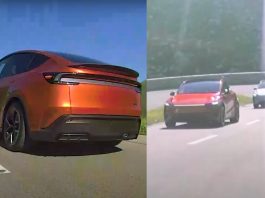
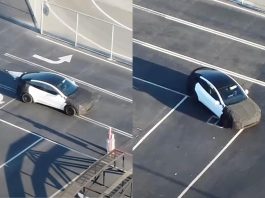
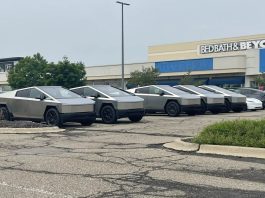
How does California law for mandatory B2G in all cars by 2025 affect this? (My dates and detail may be off, sorry)
So like the kia ev6?